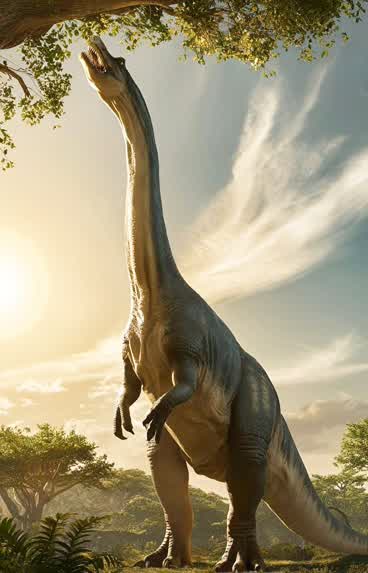
A new dinosaur species has been found by paleontologists, and it has a very unique characteristic. On Friday, August 22, the Natural History Museum in London declared that it is a sail-like structure that runs down its back.
On the Isle of Wight, a small island off the south coast of England, the bones of Istiorachis macarthurae, named after the British sailor Ellen MacArthur, were discovered. More than 120 million years ago, it roamed there with other members of the herbivorous dinosaur family Iguanodon, which lived from the Late Jurassic to the Early Cretaceous periods.
Although the specific reason for its enormous sail-like structure on its back is unknown, scientists speculate that it may have helped the dinosaurs identify one another as members of the same species and attract a mate.
It was previously believed that this specimen, which was found approximately 40 years ago, belonged to one of the two iguanodontian species that were known to have inhabited the Isle of Wight.
However, retired physician Jeremy Lockwood discovered that “this one had especially lengthy neural spines, which was highly unusual” while reexamining the bones for his doctoral studies.
The dinosaur, which stood about 2 meters (6.6 feet) tall and weighed about 1,000 kilograms (2,205 pounds), was classified as a new species thanks to the discovery of this characteristic sail-like structure, according to a statement from Lockwood.
He went on to say that he is confident further discoveries will be made in the years to come. Lockwood refutes a suggestion that suggests the sail would have assisted the dinosaur in controlling its body temperature, saying that a “sail with a lot of blood vessels would be very vulnerable to attack and could cause massive blood loss if it was damaged.”
Scientists Discover A New Potential Existence Outside Earth
Instead, he believes that “sexual signaling is the most probable explanation,” meaning that the sail would fulfil a similar to a male peacock’s tail.
“When a characteristic is exaggerated beyond its practical function in living animals, it is invariably due to the evolutionary pressure to attract a mate. Istiorachis’ sail seems to be another example of that,” he added.





